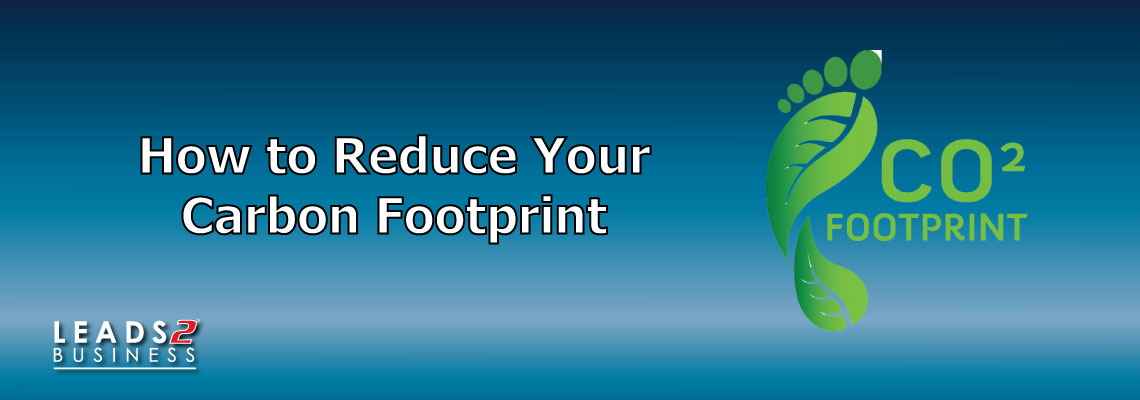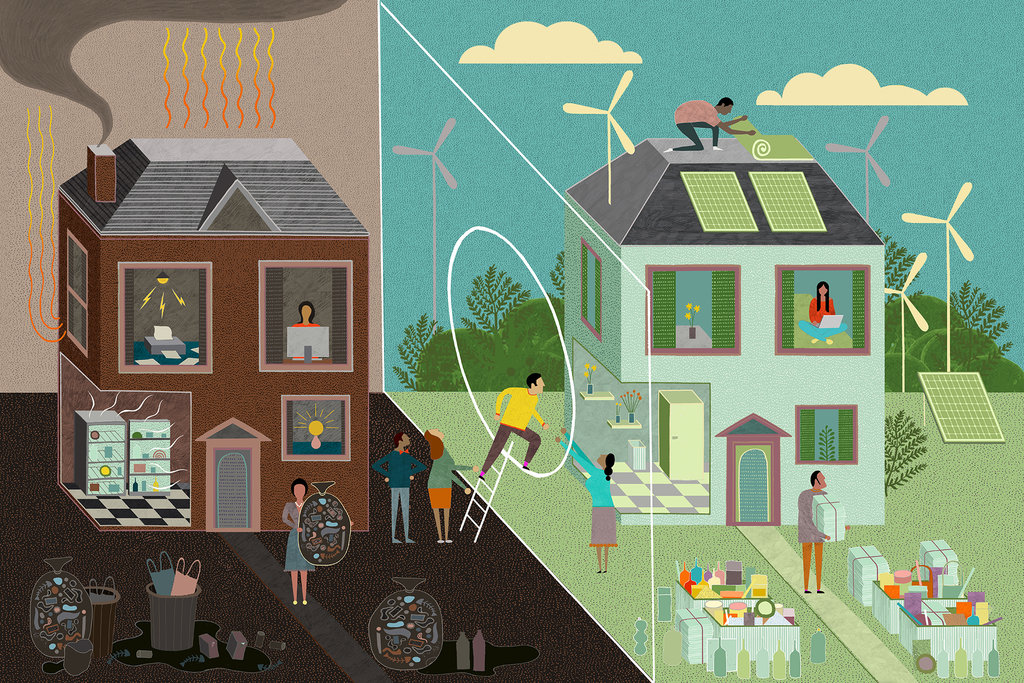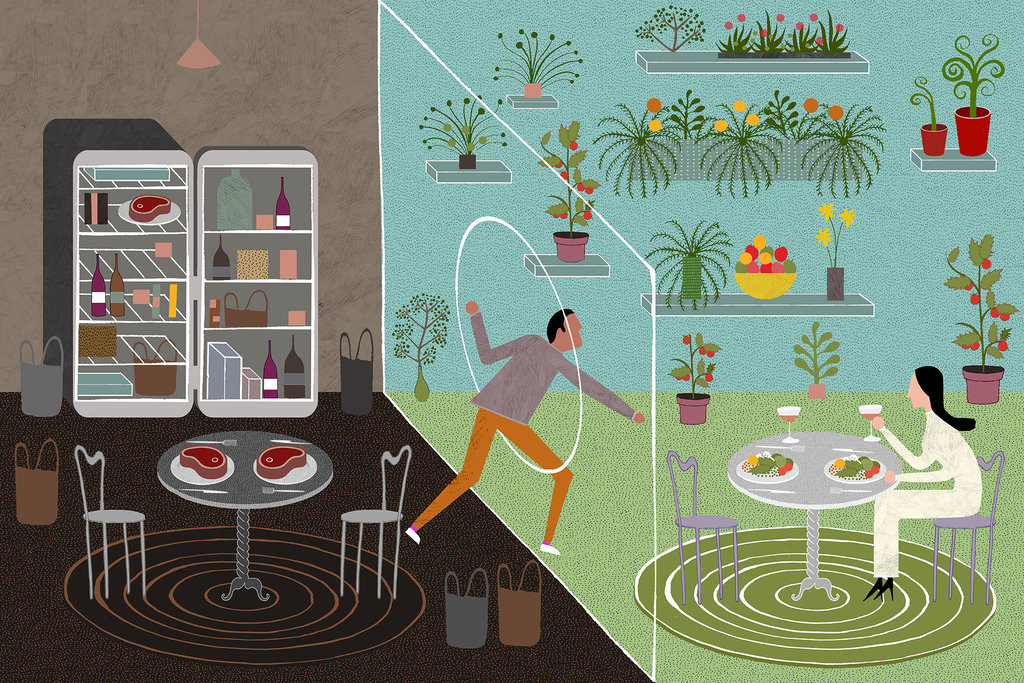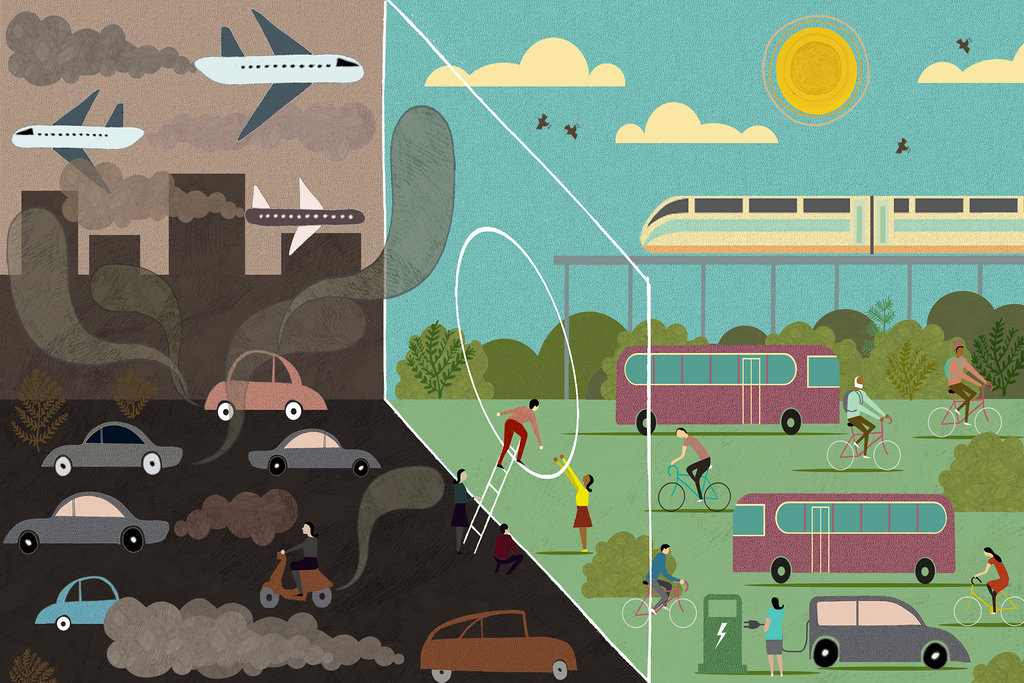Why go green? Is it really worth it?

I have been so amped to write on this subject. I know there are folk, some in my family, who think I’m away with the faeries half the time and I live in a world that doesn’t exist, but why shouldn’t it be real?
This is a huge topic of conversation at the moment, even celebrities, like Leo DiCaprio are getting involved and are giving back. My question to every human being living on this planet, taking from this planet;
- Do you want to live a happy healthy life?
- Do you want to find the balance of life?
- Do you want the best from life and just enough to live?
- Are you prepared to give back all that you have taken?
- How do you wish to leave this planet for our children and children’s children?
- Are you happy?
Yes, I am a tree-loving bunny hugging green planet person. I do see so much beauty within each country and we can live to appreciate the beauty we just need to balance our lives, in turn, balance what we take from this world we live in. Let’s start being aware of where each “One Person” can make a change to improve our environment and go green.
There are several positive side effects: Cleaner air and water.
- Increased productivity levels and we would pay out less for medical benefits. – Healthier eating at the workplace.
- Implement environmental policies in the workplace by reducing waste, conserve natural resources, improve both air and water quality and protect the ecosystems.
- Lower utility bills
- Maybe if the plastic tar becomes a hit, we’ll even have fewer potholes in the road and that saves expense on wheel alignment and tyres! And less plastic lying around.
The adverse effects of not going green:
- Climate change/Global warming
Bill Gates wrote a Blog on climate change in 2018, titled “Climate change and the 75% problem” www.gatesnotes.com
- As Mr Gates pointed out Electricity, is only 25% of the problem with regards to climate change. (We, in South Africa, experience a totally different issue with electricity), however, we can still improve our lifestyle and our environment by starting here. If we can generate electricity without the greenhouse emissions issue and the over mining, by utilising solar panels and wind turbines, both of which are not running short in South Africa. That is already a start.
- The other 75% is allocated to what:
- Agriculture and its emissions – greenhouse effect. Examples of these are:
- Beef farming – methane “this is the largest emitter of greenhouse gases!”
- Deforestation – rain forests are being replaced by crops. Firstly by removing the trees that pull the CO2 from the air we breathe, secondly the trees are burned and once again carbon is burnt back into the atmosphere. We become unhealthy because the air we breathe is unhealthy.
- Do we really need to eat as much as we do? We need to know ourselves, our blood types the environment we live in and rather eat to feel whole, rather than constantly eat for the pleasure.
- Plastic. Goodness me don’t get me started on plastic. I saw a photo on Facebook the other day, of whole peeled oranges in a plastic container for protection? They have their own natural protection which they are taken out of. Does NOT make sense to me. Do you know that a lot of the fabric in our clothing has plastic within the threads? When the clothes are washed, where does the water go? Not only does the plastic that is littering the streets and overflowing landfills fall into the water ways, which land up in the oceans, the plastic in the clothing does too.
- Steel and Cement, the manufacture of both of these require a lot of energy used from fossil fuels.
Traffic has increased, not only has this increased fuel emissions but the road rage the high blood pressure that goes with it, very unhealthy. Everything is expected immediately hence, metal trucks are loaded up high with stock which is more likely covered in plastic and shipped across from one side of the country to the other, emitting fumes.
We work and live in concrete buildings. When it’s excruciatingly hot we use an air conditioner, then freezing cold the heater goes on. A beautiful fireplace to keep us toasty and warm in winter, omissions. Lights are on, who wants to work in an office when it’s dark and gloomy. All these contribute to climate change.
Think of a way to use less and give back more. Each individual needs to be aware of what damage they are causing to our world and our own individual lives. We, humans, are growing at a massive rate, we want more, yet do we need more? Our everyday lifestyles are damaging to the environment as we think it improves our lives. Does it really though? We spend a fortune upgrading everything, only to spend a fortune to get away from it all for peace, quiet and tranquillity.
A lot of these issues need to be researched to develop new cleaner greener ways. The human race has been smart enough to invent and develop what we have now, let’s do this and beat climate change, have healthier living and keep the planet beautiful and be one with our planet.
So the question is: “Why go green? Is it worth it?” in my opinion, YES absolutely.
If you are interested in becoming one of our subscribers, please visit Leads 2 Business.
To view notes with screenshots on how to use our website, please visit Leads 2 Business Wiki.
To view more Events, please visit our Leads 2 Business Blog.
My employment at Leads 2 Business commenced in January 2010, where for two years I worked in the Directory Department establishing a better understanding of construction and where Leads 2 Business fitted in. In February 2012, I moved to the Accounts department where I have been looking after accounts queries and anything related to accounts since then. I have been told by many that I’m resilient, yet caring individual and good to have on “their” side. Calm under pressure, which is quite useful in my line of work. I am proud and honoured to be part of the L2B mothership adding my bit to the greater good. Should you require more information, please do not hesitate to contact me.











